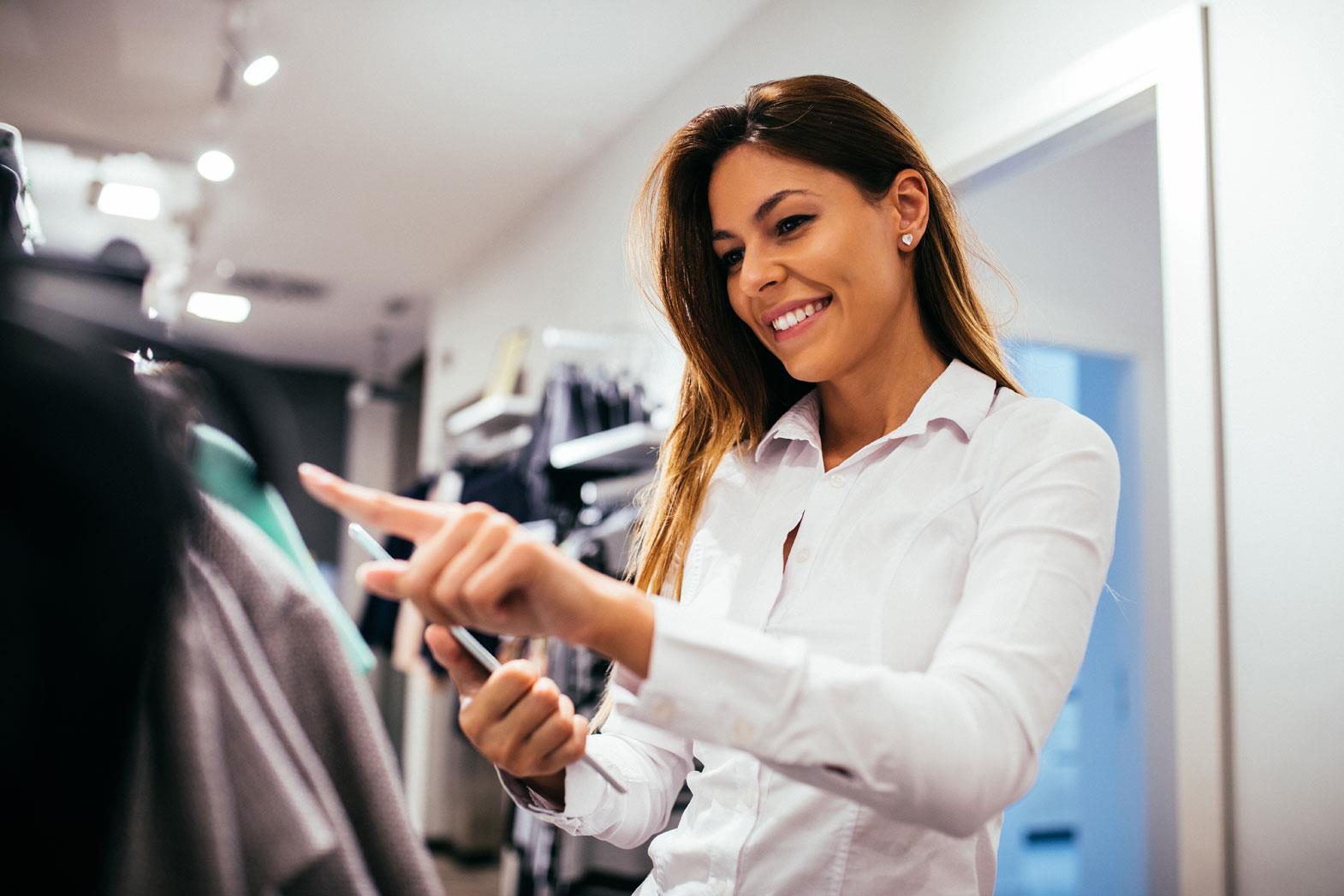The retail road has taken a sudden turn, points out Daniel S Williams.
There is that legendary advice from Steve Jobs often cited as an example of ingenuity in retailing. The best firms, he suggested, are those that can create demand before you even know you want the product.
Consider the stark reality of this idea - the typical three-staged retail buying process for shoppers has been all but broken, creating the need that consumers wish to fill rather than a customer simply acting on the experience of a need. In other words, I recognise that the rainy season is coming soon, so I need an umbrella. I make the purchase, and I use the umbrella during the next shower.
The Internet-of-Things (IoT) explosion over the past few years has presented a unique opportunity for retailers, many of whom are struggling to stay afloat as consumer preferences turn online. So, what will the stores of our future look like?
In times past, retailers could influence consumers within the store. Interactive demonstrations and product displays gave an added edge for shoppers unfamiliar with products, while brands vied for top product locations and positional presence. Today, the game has shifted along the continuum, forcing retailers to accommodate younger shoppers and the tendency to transact in a more expedited process.
The future of retail:
(1) Is about quick decisions.
No longer does a consumer have to extensively plan the next trip around buying many products, as the instant recognition of a need is accompanied by the ability to order in a moment's notice through means like Amazon Prime.
Companies like Nordstrom have begun to jump on to the "instantaneous" bandwagon, using the concept of social selling to allow buyers to click on items via social feeds and complete the purchase in a few clicks.
(2)Is going digital.
Evidence of what the retail market has in store, is all around. A rampant rise in the number of subscription-based services suggests that the physical act of making "shopping trips" to stores may be meeting its match with monthly replenishment options.
An example of this is the firm Birchbox, whose customers receive a monthly "surprise" curated box of trial cosmetics and samples. Dollar Shave Club has utterly transformed how consumers opt to purchase shaving items with the option of mailed kits for convenience and anticipated delivery.
Many startups are taking the plunge into subscription-based models. To the chagrin of many brick-and-mortar retailers, the rise of such an automated means of purchasing has left store locations and traditional retailing taking a subordinate role to the primacy of online-enabled businesses.
The bottom line for future retail lies in questioning the traditional buying process, and the questioning of the typical value-added functions offered by physical stores -merchandise mix, in-person product information and relationships with salespeople.








Comments